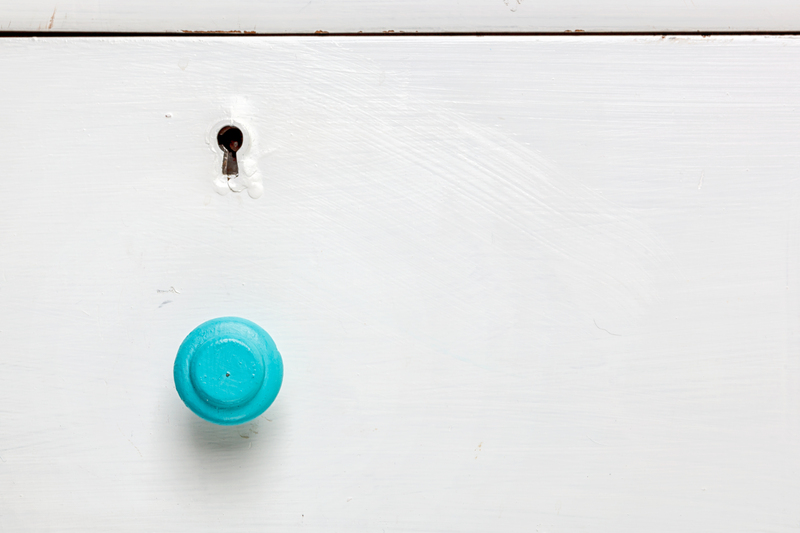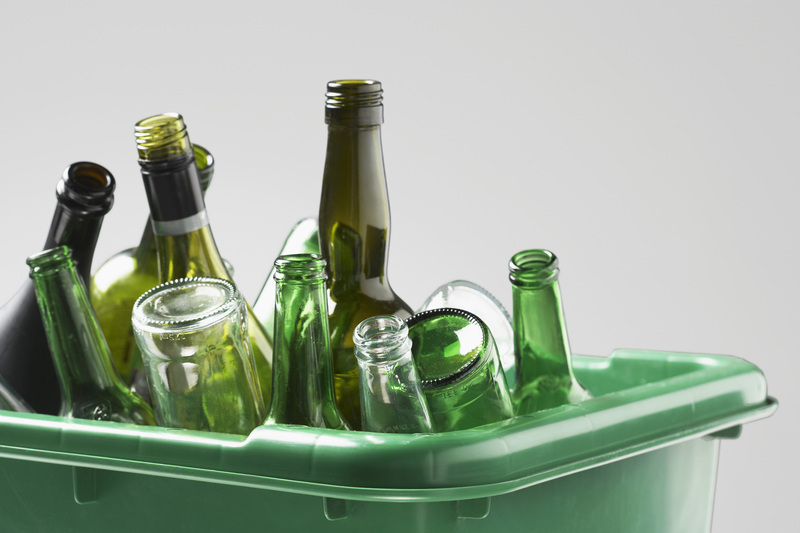The Essential Guide to Tackling Hoarder Clutter
Hoarder clutter can be overwhelming and emotionally taxing, but overcoming it is possible. Whether you are helping a loved one, managing your own living space, or seeking guidance as a professional, it's crucial to have a systematic approach. In this comprehensive article, you'll discover expert tips, proven strategies, and essential insights for effectively addressing hoarder clutter. Read on for everything you need to know about transforming chaotic spaces into healthy, organized havens.
What is Hoarder Clutter?
Hoarding is more than an issue of messy rooms; it is a legitimate psychological disorder characterized by the excessive collection of items and persistent difficulty discarding them. Clutter from hoarding can severely impact health, safety, and well-being. Understanding what constitutes hoarder clutter is the foundation of any decluttering journey.
- Accumulation of items in quantities that exceed available space
- Difficulty or distress in discarding possessions, regardless of value
- Spaces being unusable for their intended purpose (e.g., kitchens where cooking is impossible)
- Health and safety risks such as fire hazards, tripping, and mold
Recognizing the Signs of Hoarding Disorder
If you suspect hoarder clutter is an issue, look for these signs:
- Rooms are filled with items from floor to ceiling
- Doors, stairs, or windows are blocked
- Unopened mail, newspapers, or even food containers are stacked for years
- Social withdrawal or embarrassment about the home's condition
Being able to recognize these red flags is an essential first step in tackling hoarder clutter effectively. Early intervention is always better than procrastination.

Why Does Hoarder Clutter Occur?
Several underlying causes contribute to the development of hoarding behaviors and resultant clutter:
- Mental health conditions: Hoarding may be linked to anxiety, depression, or obsessive-compulsive disorder (OCD).
- Traumatic life events, including loss or abandonment
- A sense of responsibility or emotional attachment to objects
- Belief that items will be useful in the future
- Difficulty with decision-making or organizational skills
It is important to approach decluttering efforts with empathy and sensitivity, especially if you are helping someone else.
Preparations Before Tackling Hoarder Clutter
Before diving in, take time to prepare. A strategic plan will ease anxiety and increase your chances for success.
Assess the Clutter Situation
Carefully evaluate the extent of the clutter:
- Which areas are most affected?
- What hazards or obstacles are present?
- Are there pests, mold, or structural concerns?
Take photographs to measure progress and understand the scope of work. If safety risks are present, consult a professional cleaner or local authorities.
Gather Supplies and Support
Proper preparation makes the decluttering process smoother:
- Heavy-duty garbage bags and bins
- Protective gloves, face masks, and cleaning products
- Sorting boxes labeled "Keep," "Donate," "Discard," and "Recycle"
- First aid kit for minor injuries
- Trusted friends, family, or a professional hoarding clean-up service
Having support is vital--hoarder clutter cleanouts can be both physically and emotionally challenging.
Step-by-step Guide to Decluttering Hoarder Homes
Effective clutter removal requires a methodical, patient approach. Here's a practical step-by-step guide on how to clear hoarder clutter:
1. Set Realistic Decluttering Goals
Don't expect quick fixes--set approachable milestones:
- Tackle one room or section at a time
- Allow for breaks and emotional processing
- Celebrate small accomplishments
Write down your objectives, like "clearing pathways in the living room by week's end" or "sorting all kitchen items in two days."
2. Start with High-Value Targets
Begin with areas that provide immediate safety or health benefits:
- Clear frequently used spaces first (bathrooms, kitchens, entryways)
- Remove spoiled food, dangerous chemicals, or items blocking exits
- Establish safe pathways throughout the home
3. Adopt the Four-Box Method
This classic decluttering technique is ideal for tackling hoarder mess:
- Keep: Essential and regularly used items
- Donate: Items in good condition but no longer needed
- Discard: Broken, expired, or completely unusable items
- Recycle: Paper, plastic, and electronics that are recyclable
Review items quickly--avoid overthinking; prolonged handling can reignite attachment.
4. Use Professional Help When Needed
For severe hoarder clutter, hiring professional cleaning services or organizers may be necessary. They have training in biohazard removal, compassionate support, and efficient methods. Skilled mental health practitioners can also work alongside cleanup teams to assist with the emotional turmoil of letting go.
5. Deep Cleaning After Decluttering
Once the excess items are gone, focus on restoring cleanliness and hygiene:
- Disinfect hard surfaces, especially in kitchens and bathrooms
- Vacuum and wash floors
- Address mold, pests, or structural damage
- Consider repainting and repairs to reclaim a sense of normalcy
This crucial step is essential for transforming a hoarded home into a healthy living environment.
Overcoming Emotional Barriers to Decluttering
Letting go of personal belongings can be a traumatic experience, especially for hoarders. Emotional support and empathy are crucial:
- Listen without judgment--avoid phrases like "Just throw it away!"
- Respect sentimental attachments and offer alternatives (taking photos of items)
- Set boundaries--stop and seek help if the process becomes distressing
- Celebrate progress together, no matter how small
For many, behavioral therapy and support groups are invaluable tools during and after the decluttering process.
Long-Term Strategies to Prevent Re-Cluttering
Maintaining a clutter-free home requires ongoing effort, especially after tackling hoarder clutter. Here's how to stop the cycle and build lasting habits:
Establish Home Organization Systems
- Designate specific areas for key items--nothing should be "homeless"
- Use shelves, bins, and labels to keep things orderly
- Minimize visual clutter by limiting decor and surface items
Practice Mindful Acquisition
Before bringing anything new home, ask:
- "Do I really need this?"
- "Can I repurpose something I already own?"
- "Will this item add value to my current lifestyle?"
Set a Regular Decluttering Routine
- Schedule monthly or quarterly mini-declutters
- Regularly review and donate unused or duplicate possessions
- Create household rules for new purchases: one in, one out
Consistency is key for keeping hoarder clutter at bay long-term.
When to Seek Professional Help
If hoarder clutter poses safety, health, or emotional risks, it's wise to consult specialists:
- Professional organizers have experience with severe clutter and non-judgmental support
- Licensed therapists can address the psychological roots of hoarding
- Cleaning services possess the equipment and expertise to tackle biohazards and deep cleaning
- In extreme situations, contact local health or social services
It's never too late to ask for assistance--tackling hoarder clutter may be overwhelming but is absolutely manageable with the right help.

Additional Resources for Managing Hoarder Clutter
Numerous organizations and online resources offer help:
- Hoarding cleaning companies in your local area
- Support groups for people dealing with hoarding disorder
- Online forums and communities such as the Institute for Challenging Disorganization
- Books and guides dedicated to decluttering and emotional healing
- Educational videos and webinars for family and support teams
Knowledge and community support are both highly effective in overcoming hoarder clutter for good.
Conclusion: Taking the First Step Towards a Clutter-Free Home
Tackling hoarder clutter may feel insurmountable, but breaking the process into manageable steps can make a world of difference. Begin with understanding, empathy, and planning, then proceed at a comfortable pace. Remember, each decluttered item is a step toward a cleaner, safer, and happier home.
Ready to begin your clutter-free journey? Gather your support, tools, and resolve--your essential guide to tackling hoarder clutter can help you reclaim your space and your peace of mind.
For ongoing advice and encouragement, bookmark this article and revisit it as you progress. Decluttering is a journey, and you don't have to walk it alone.